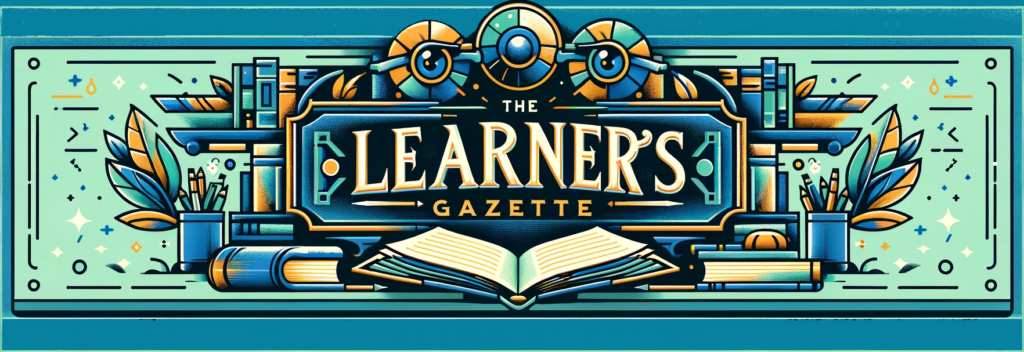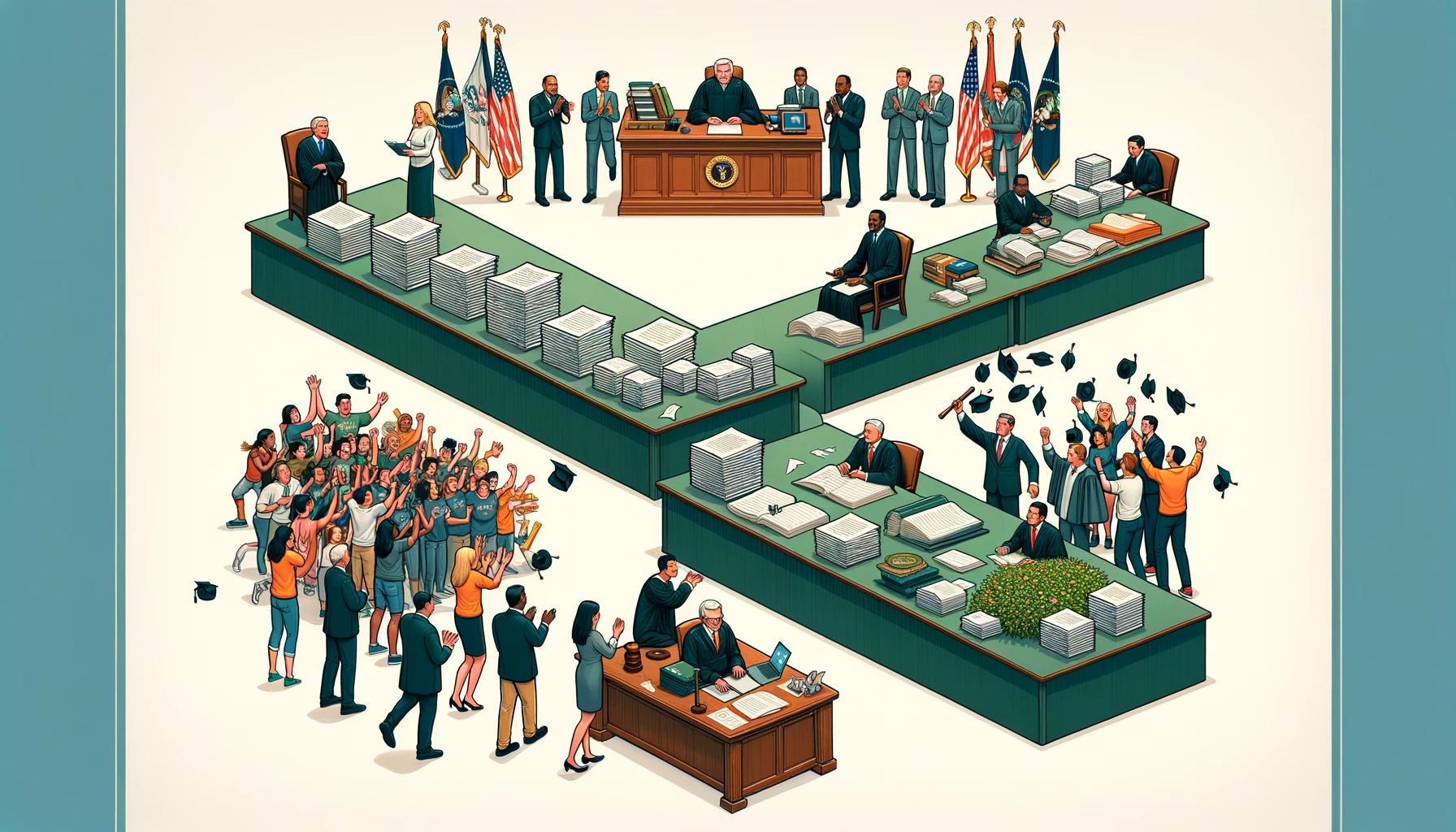After the highest court in the land said no to President Biden’s big idea to erase a lot of student loan money, lots of people who owe money for school were left wondering how he would keep his promise to help millions of Americans with their debt.
His solution: Do it step by step.
President Biden recently got rid of $1.2 billion in student loan debt. So far, during his time as president, he’s cleared away $138 billion for nearly 4 million people. This isn’t as huge as his first idea, which would have wiped out up to $400 billion for around 43 million people.
Even those who usually disagree with Mr. Biden admit he’s done more than any president before to reduce the debt for millions.
“It’s good for the economy as a whole,” Mr. Biden said, speaking to a group at a library in Culver City, California. “By freeing millions of Americans from the crushing debt of student loan programs, it means they can finally get on with their lives.”
To find a way around the court’s decision, Mr. Biden has been making small changes to existing programs that had problems with delays. The debt he got rid of recently helps about 150,000 people in the SAVE plan. This plan is for people who’ve paid on their loans for at least ten years and have lower amounts they still owe.
While his team has announced similar debt erasures before, Mr. Biden’s recent talk in California shows the White House wants people to notice these efforts more. His Democratic friends have been asking him to highlight these actions to excite important voters, like young people and Black Americans who are more likely to have student debt.
“The most common experience of student debt statistically is you file for relief, you thought you were going to get it and then the Supreme Court knocked it down and Biden is touting relief and you didn’t get any relief,” said Braxton Brewington from the Debt Collective, a group pushing for debt cancellation.
Representative James E. Clyburn mentioned he’s worried because many people are only thinking about what Mr. Biden couldn’t do, not what he has done.
This shows a bigger challenge for the White House. Many feel let down because the original plans were so big, and they’re not seeing all the good things that have happened.
Even though Mr. Biden has made the biggest efforts ever to fight climate change and has passed significant bills for infrastructure and health, many Americans think he hasn’t done much. Even with lower inflation and unemployment, people still aren’t happy with the economy.
But Mr. Biden’s team thinks that canceling student debt can quickly make life better for some Americans and help his popularity.
The smaller actions have helped public workers and those with disabilities. Just last week, the Education Department proposed a new plan to help more people who find it hard to pay their college loans.
In the latest announcement, people in the SAVE plan who borrowed up to $12,000 and have made payments for 10 years will have their debt gone.
In an effort to show they’re making a difference, the administration sent emails from Mr. Biden to people whose debt will be canceled, saying, “If you qualify, you’ll be hearing from me shortly.”
Mr. Brewington praised Mr. Biden’s efforts but noted it’s hard to show he’s kept his promises on student debt when only a few out of millions have seen their debt erased.
The delayed announcement of his broad debt forgiveness plan only made people expect more, making it tough to satisfy them.
The new Free Application for Federal Student Aid, or FAFSA, has also had problems, making it hard for colleges to offer financial aid. Critics say the White House has focused too much on promises instead of getting things done.
To highlight the impact of his student loan efforts, Mr. Biden made an unannounced campaign stop at the home of Eric Fitts, who had $125,000 in loans canceled. Mr. Fitts plans to invest in his sons’ college funds and start a real estate business, showing how debt relief can change lives.
But Ashley Pizzuti, a student debt advocate, understands why there’s frustration. Many were promised forgiveness that was then blocked, and they blame Biden for not delivering.
This has led to feelings that Mr. Biden didn’t fulfill his promises on student debt relief.
This article is based on the following article:

Background Information
Understanding these concepts can help the reader grasp the context of the issues discussed in the rewritten text, including the significance of student loan debt cancellation and its impact on individuals and the economy.
1. Supreme Court: The highest court in the United States that has the final say in interpreting the country’s laws and Constitution. It can approve or reject laws or actions if they are challenged to see if they are constitutional (fitting the country’s main set of laws).
2. President Biden: Joseph R. Biden Jr., the 46th President of the United States, who took office in January 2021. He is a member of the Democratic Party.
3. Student Loan Debt: Money that people borrow to pay for their education. After finishing school, they need to pay back this money, often with extra charges called interest.
4. Debt Cancellation: When the government or a lender decides that a person no longer needs to pay back some or all of the money they borrowed.
5. SAVE Plan: A type of repayment plan for student loans that considers how much money you make. It aims to make monthly payments affordable based on the borrower’s income and family size.
6. Bureaucratic Delays: Slowdowns in the process of getting things done in government due to complex rules, paperwork, or administrative procedures.
7. Infrastructure: The basic physical and organizational structures needed for the operation of a society or enterprise (like roads, bridges, water supply, and electric grids).
8. Climate Change: Changes in global or regional climate patterns, particularly changes apparent from the mid to late 20th century onwards and attributed largely to the increased levels of atmospheric carbon dioxide produced by the use of fossil fuels.
9. FAFSA (Free Application for Federal Student Aid)**: A form that can be prepared annually by current and prospective college students in the United States to determine their eligibility for student financial aid.
Please subscribe to Insight Fortnight, our biweekly newsletter!
